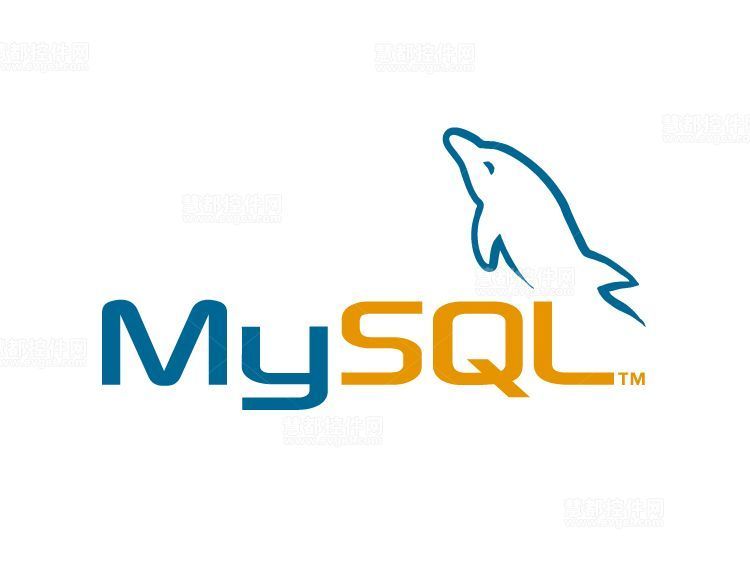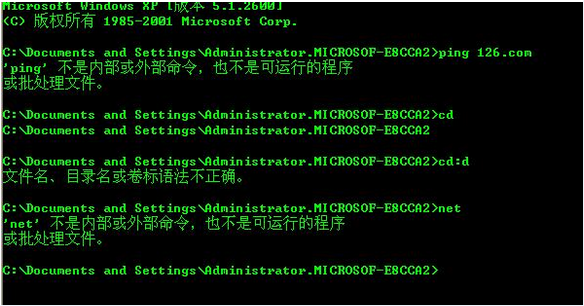9 recommended articles about database command operations
Create a data table and open the database USE database name mysql> USE D1; Database changed uses USE D1; means to open database D1, we can view the currently open database through SELECT DATABASE();: mysql> SELECT DATABASE(); +----------------+ | DATABASE() | +----------------+ | d1 | +------------+1 row in set (0.00 sec)Create data tableCREATE TABLE [IF NOT EXISTS] table_name (col
1. About Detailed explanation of MySQL data table operations

## Introduction: This article introduces what commands need to be used to operate the database
##2.Use the Monkey command to quickly slide the screen
 #Introduction: 1. Introduction to Monkey Testing Monkey testing is a means of automated testing on the Android platform. The Monkey program simulates user operations such as touching the screen, sliding the Trackball, and pressing buttons to test the program on the device. Conduct a stress test to detect how long it will take for the program to become abnormal. 2. Introduction to the Monkey program 1) The Monkey program comes with the Android system and is written in Java language.
#Introduction: 1. Introduction to Monkey Testing Monkey testing is a means of automated testing on the Android platform. The Monkey program simulates user operations such as touching the screen, sliding the Trackball, and pressing buttons to test the program on the device. Conduct a stress test to detect how long it will take for the program to become abnormal. 2. Introduction to the Monkey program 1) The Monkey program comes with the Android system and is written in Java language.
3.
MySQL Terminal Management Database Operation Guide Introduction: MySQL has many visual management tools , such as "mysql-workbench" and "sequel-pro-". Now I am writing an article about MySQL terminal command operation because I want to strengthen my understanding of MySQL. It will always be better than using graphical...
Introduction: MySQL has many visual management tools , such as "mysql-workbench" and "sequel-pro-". Now I am writing an article about MySQL terminal command operation because I want to strengthen my understanding of MySQL. It will always be better than using graphical...
4.
mysql Commonly used Command usage summary Script House compiled versionIntroduction: In daily work, I will simply use mysql, so I will summarize the common command operations. The common methods are as follows
5.
MySQL command operation under Linux platform # #Introduction: Linux shell batch creation database/table Shell script is as follows: # create database and table HOST=
# #Introduction: Linux shell batch creation database/table Shell script is as follows: # create database and table HOST=
##6. MySQL database common command usage
7. MySQL database INNODB table damage repair process
8. Basic operations of MySQL terminal (Terminal) to manage databases, data tables, and data
9. Common operations on the Mongodb database command terminal
Introduction: Basic commands for database operations Common commands for database operations 1. Help View command prompts help db.help(); db.yourColl.help(); db.youColl.find().help(); rs. help(); 2. Switch/create database use yourDB; When creating a collection (table), the current database will be automatically created 3. Query all databases show dbs; 4. Delete
[Related Q&A recommendations]:
php - linux command to operate the file and replace the data of each line
github - Are the gitbash and git shell command operations the same?
The above is the detailed content of 9 recommended articles about database command operations. For more information, please follow other related articles on the PHP Chinese website!

Hot AI Tools

Undresser.AI Undress
AI-powered app for creating realistic nude photos

AI Clothes Remover
Online AI tool for removing clothes from photos.

Undress AI Tool
Undress images for free

Clothoff.io
AI clothes remover

AI Hentai Generator
Generate AI Hentai for free.

Hot Article

Hot Tools

Notepad++7.3.1
Easy-to-use and free code editor

SublimeText3 Chinese version
Chinese version, very easy to use

Zend Studio 13.0.1
Powerful PHP integrated development environment

Dreamweaver CS6
Visual web development tools

SublimeText3 Mac version
God-level code editing software (SublimeText3)

Hot Topics
 How do you alter a table in MySQL using the ALTER TABLE statement?
Mar 19, 2025 pm 03:51 PM
How do you alter a table in MySQL using the ALTER TABLE statement?
Mar 19, 2025 pm 03:51 PM
The article discusses using MySQL's ALTER TABLE statement to modify tables, including adding/dropping columns, renaming tables/columns, and changing column data types.
 How do I configure SSL/TLS encryption for MySQL connections?
Mar 18, 2025 pm 12:01 PM
How do I configure SSL/TLS encryption for MySQL connections?
Mar 18, 2025 pm 12:01 PM
Article discusses configuring SSL/TLS encryption for MySQL, including certificate generation and verification. Main issue is using self-signed certificates' security implications.[Character count: 159]
 How do you handle large datasets in MySQL?
Mar 21, 2025 pm 12:15 PM
How do you handle large datasets in MySQL?
Mar 21, 2025 pm 12:15 PM
Article discusses strategies for handling large datasets in MySQL, including partitioning, sharding, indexing, and query optimization.
 What are some popular MySQL GUI tools (e.g., MySQL Workbench, phpMyAdmin)?
Mar 21, 2025 pm 06:28 PM
What are some popular MySQL GUI tools (e.g., MySQL Workbench, phpMyAdmin)?
Mar 21, 2025 pm 06:28 PM
Article discusses popular MySQL GUI tools like MySQL Workbench and phpMyAdmin, comparing their features and suitability for beginners and advanced users.[159 characters]
 How do you drop a table in MySQL using the DROP TABLE statement?
Mar 19, 2025 pm 03:52 PM
How do you drop a table in MySQL using the DROP TABLE statement?
Mar 19, 2025 pm 03:52 PM
The article discusses dropping tables in MySQL using the DROP TABLE statement, emphasizing precautions and risks. It highlights that the action is irreversible without backups, detailing recovery methods and potential production environment hazards.
 How do you create indexes on JSON columns?
Mar 21, 2025 pm 12:13 PM
How do you create indexes on JSON columns?
Mar 21, 2025 pm 12:13 PM
The article discusses creating indexes on JSON columns in various databases like PostgreSQL, MySQL, and MongoDB to enhance query performance. It explains the syntax and benefits of indexing specific JSON paths, and lists supported database systems.
 How do you represent relationships using foreign keys?
Mar 19, 2025 pm 03:48 PM
How do you represent relationships using foreign keys?
Mar 19, 2025 pm 03:48 PM
Article discusses using foreign keys to represent relationships in databases, focusing on best practices, data integrity, and common pitfalls to avoid.
 How do I secure MySQL against common vulnerabilities (SQL injection, brute-force attacks)?
Mar 18, 2025 pm 12:00 PM
How do I secure MySQL against common vulnerabilities (SQL injection, brute-force attacks)?
Mar 18, 2025 pm 12:00 PM
Article discusses securing MySQL against SQL injection and brute-force attacks using prepared statements, input validation, and strong password policies.(159 characters)






